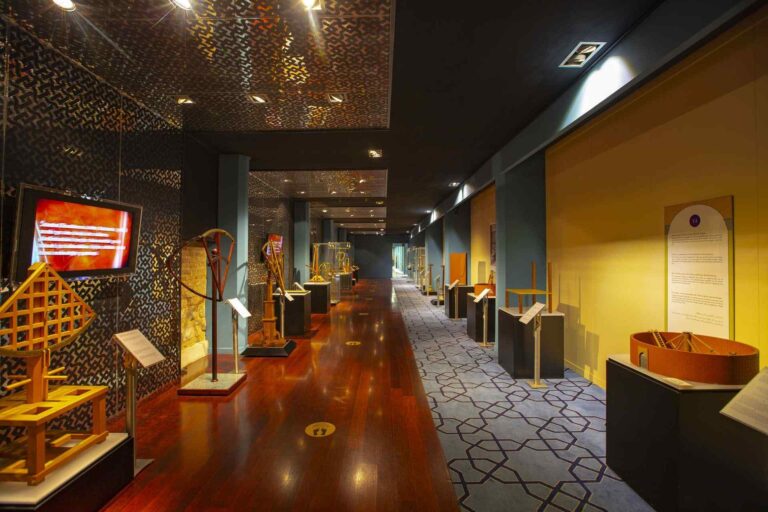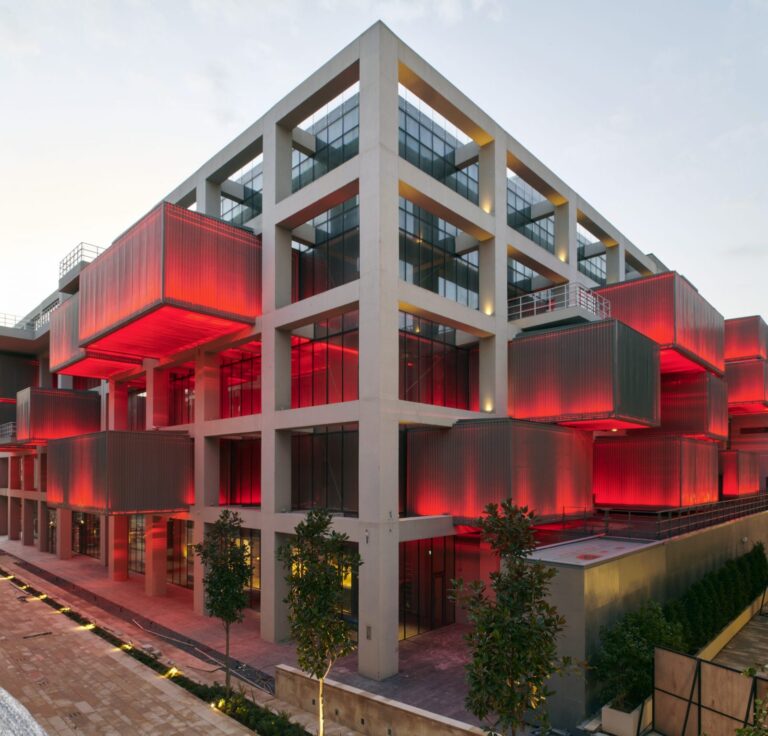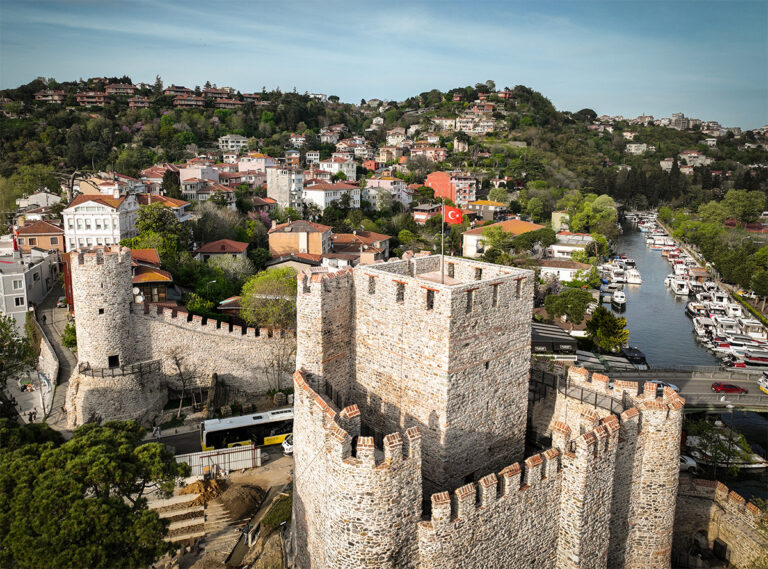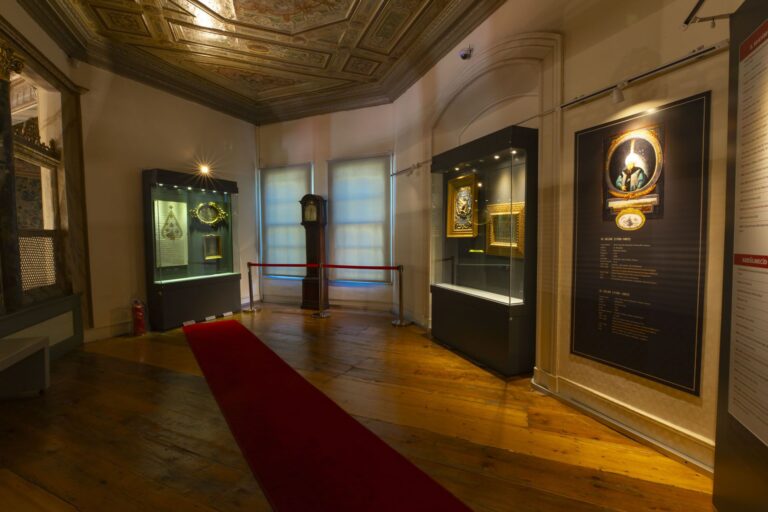Similar Posts

Museum Of The History Of Science And Technology In Islam
The Museum of the History of Science and Technology in Islam is a unique and historically significant institution located in Istanbul, Turkey. Situated in the Has Ahırlar Building adjacent to the Palace Wall in Gülhane Park, the museum showcases the rich scientific and technological advancements made by Muslim scholars between the 9th and 16th centuries….

Mimar Sinan University of Fine Arts Painting and Sculpture Museum
The Istanbul Painting and Sculpture Museum (İRHM), Turkey’s first plastic arts museum, was established on July 18, 1937, in the Crown Prince’s Quarters of Dolmabahçe Palace. This significant cultural institution was inaugurated by Atatürk on September 20, 1937. The museum’s management was initially tied to the Academy of Fine Arts, now known as Mimar Sinan…

Anatolian Fortress Museum History, Exhibits, Entrance Fee, and Visiting Hours
Anatolian Fortress Museum (Anadolu Hisarı Müzesi), located on a triangular piece of land between the Istanbul Strait and the Göksu River, stands at the narrowest point of the Bosphorus. Known by various names such as Akça Hisar, Gözlüce Hisar, Güzelce Hisar, Yenice Hisar, and Nova Castrum, it was constructed by Sultan Bayezid I, also known…

Galata Mevlevi Lodge Museum History, Exhibits, Entrance Fee, and Visiting Hours
Galata Mevlevihanesi, also known as Kulekapı Mevlevihanesi, is a historic Mevlevi lodge located in Istanbul, Turkey, with a rich history dating back to its foundation in 1491. It was initially built on the hunting grounds of İskender Paşa, the Beylerbeyi (Governor-General) during the reign of Sultan Bayezid II. The first sheikh of the lodge was…
